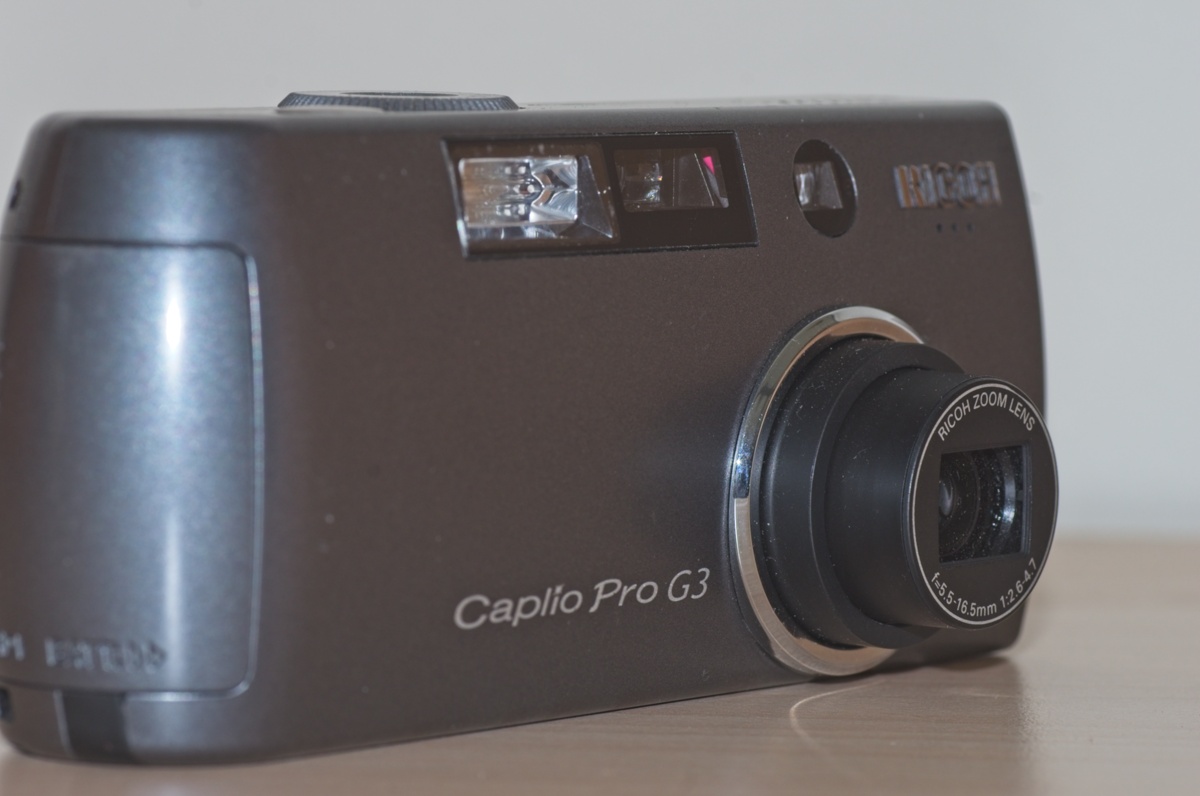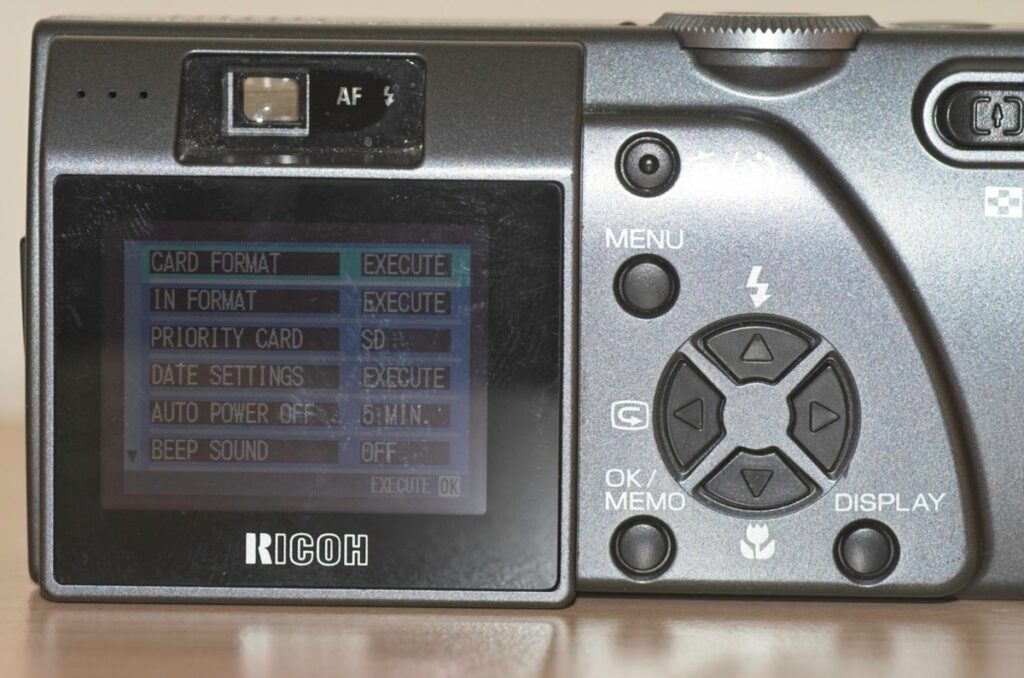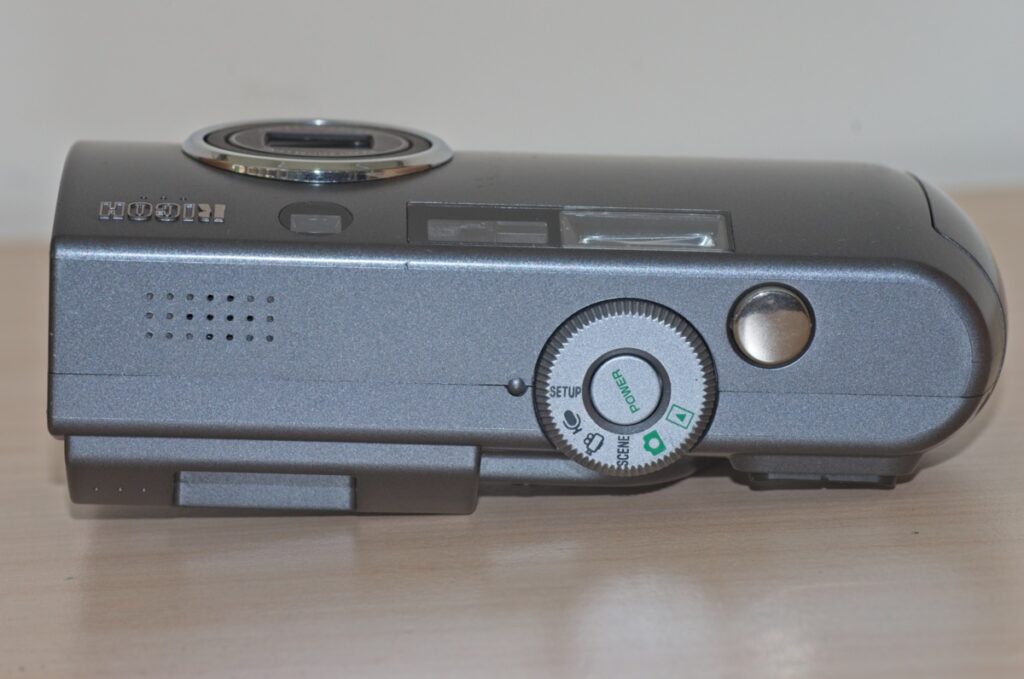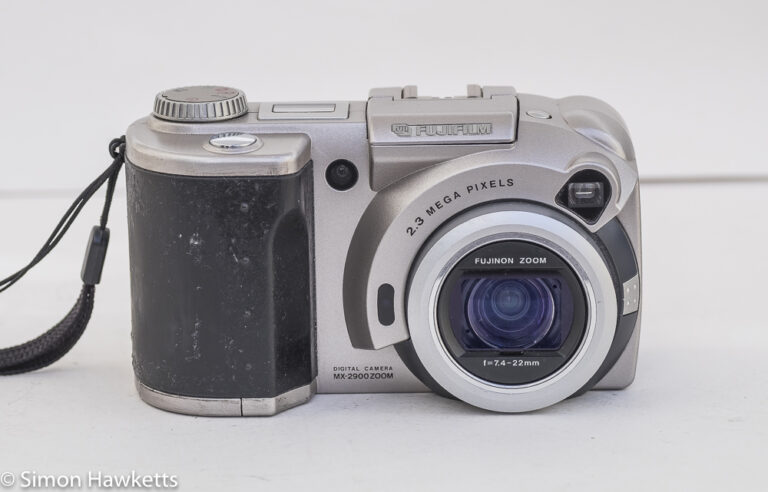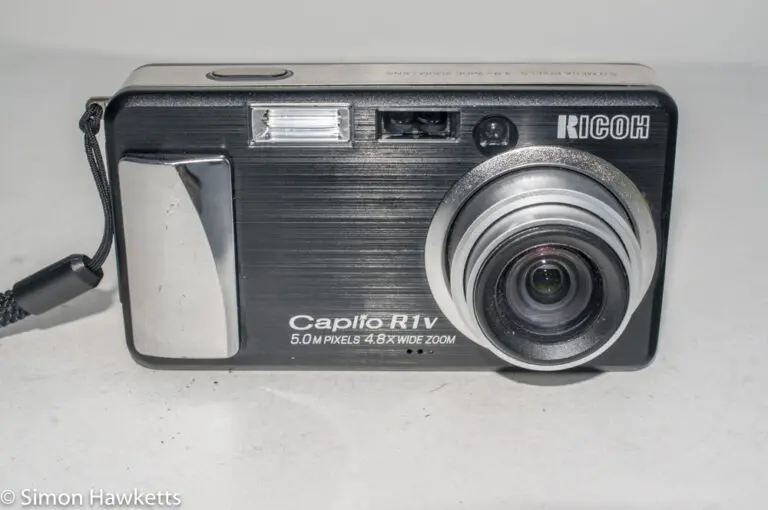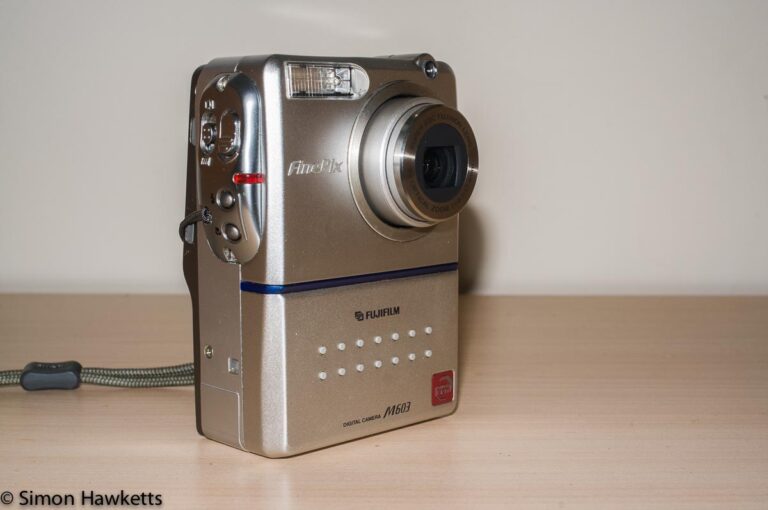The intriguing Ricoh Caplio Pro G3 digital camera
This post looks at the Ricoh Caplio Pro G3 digital camera, which was made by Ricoh in Japan in 2005 as a variant of the Caplio G3 range. The stand-out feature of the Pro model was the inclusion of a novel GPS feature, which allowed the position of the photo to be recorded in the image metadata.
Ricoh Caplio Pro G3 images
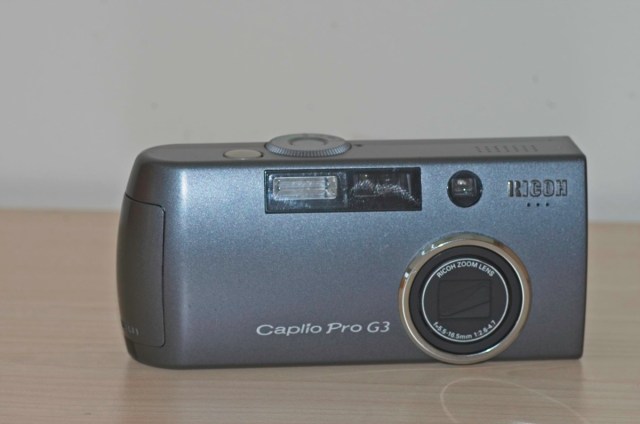
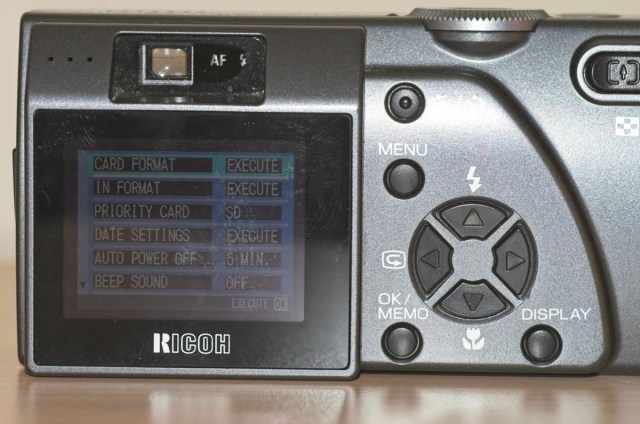
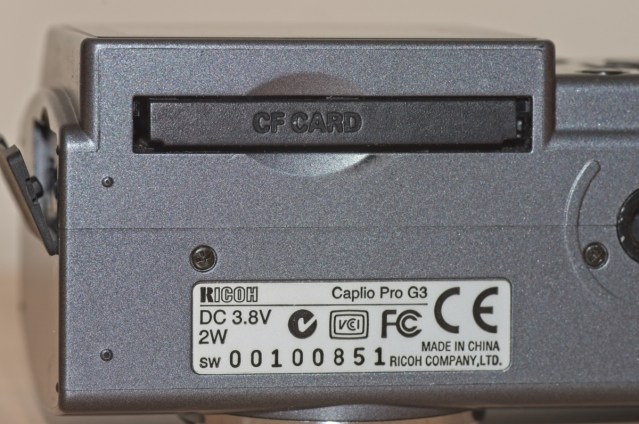
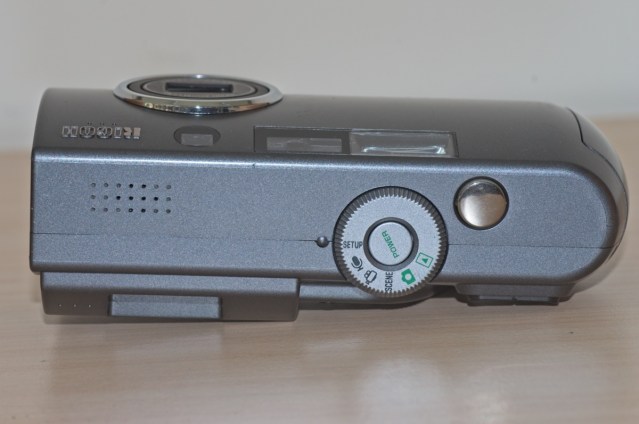


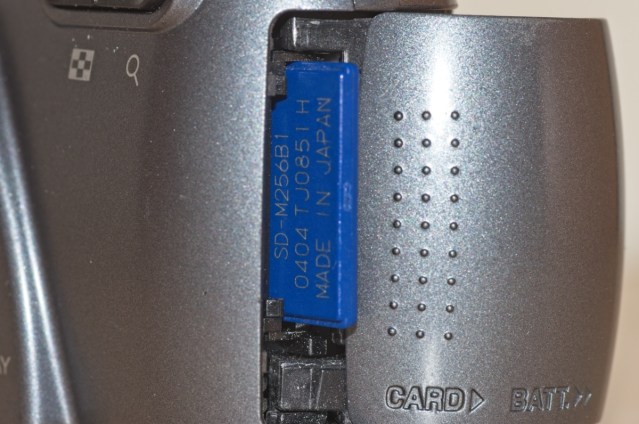
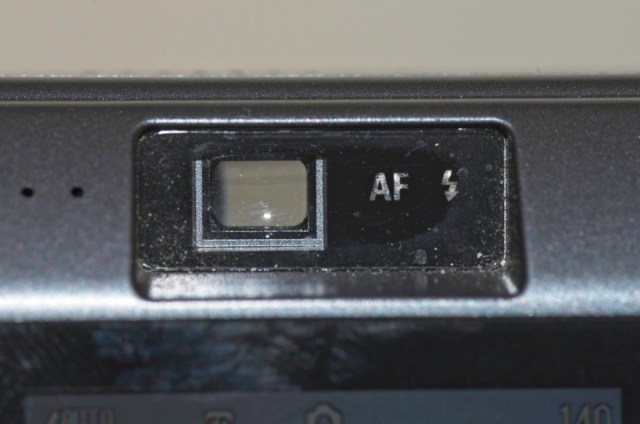
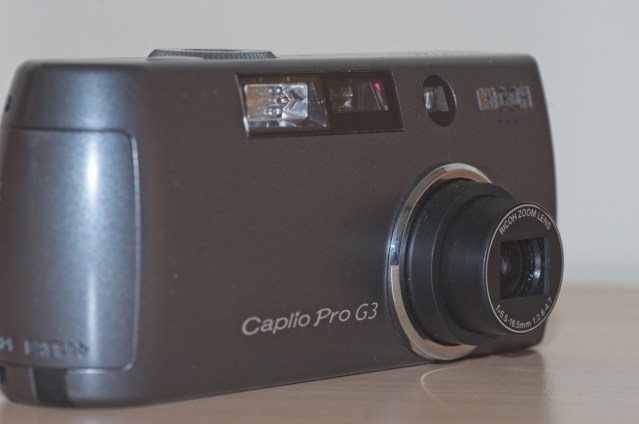
My Ricoh Caplio Pro G3 camera
I’ve always had a soft spot for the Ricoh camera range, be it film or digital, so when I recently re-engaged with my camera collection persona1, I thought I’d have a look on eBay to see if anything interesting had appeared.
One of my standard eBay searches is for the Ricoh Caplio range, and it was whilst I was browsing this list I found this Ricoh Caplio Pro G3. It intrigued me to see that the camera had a GPS function which, although a standard in all phone cameras today, would be a very novel arrangement in 2005 when the camera was released. Since the unit had no bids, I waited until the auction was almost over and risked a bid of a bit over £12 and actually secured it for £10.
The seller had reported that the camera back panel LCD was not showing an image during picture composition, although the menu options were displayed, so the LCD itself was working. I assumed this would likely be caused by a software setting and sure enough, with a bit of fiddling around with the menus when the camera arrived, I found I could get the LCD to operate as the live view screen.
Unfortunately, I discovered that the GPS functionality was provided by an add-on unit which was not supplied with the camera I bought, so I won’t actually be able to try that out.
In all other aspects the G3 is in excellent condition with hardly a mark on its quite bulky body, and with a fresh pair of AA batteries and an SD card fitted I soon had it ready to resume its picture taking career.
Ricoh Caplio Pro G3 Description
The Caplio Pro G3 is a bulky camera by today’s standards, but would still fit in a coat pocket without too much trouble. The actual dimensions are about 4 1/2 inches long by 2 1/4 inches high by 1 1/2 inches deep with the lens withdrawn into the body.
Although as I said that is big for this style of camera by today’s standards, for the time it was made this camera was quite compact for the pretty high spec unit it is.
In the following description, I won’t go through all the specs and features because they can be read from the manual, but I’m going to point out the bits I found interesting in the camera’s design.
By the way, I mentioned the manual and there is a link to the Caplio G3 manual in the feature list at the end of this article, but I couldn’t find the manual for the actual Pro G3 with the GPS functionality which is rather a shame; Although as I said above I don’t have the actual GPS add on, I’d still have been interested in seeing what the camera could do when a unit was fitted.
Overall camera design
The camera is a compact digital camera2 with a small sensor, a 5.5 to 16.5 mm zoom lens with an aperture at the widest opening of f/2.8 – f/4.7 and fully automatic exposure control. It’s also autofocusing, although this can be overridden in a number of different ways.
The mode dial is on the top of the camera with the on/off switch in the middle, and there is an optical viewfinder as well as an LCD panel for picture composition. Under the LCD panel on the bottom of the camera is a compact flash socket, which isn’t for a memory card, but for the optional GPS card.
The camera can be powered by either two AA batteries, or a rechargeable battery – the battery compartment is rather cleverly designed to take either.
Images are stored on an SD card and there is a small amount of onboard RAM which allows you to take some pictures without a card fitted. Both the batteries and the memory card are accessed through the same opening in the side of the camera, and there is a neat door which can be opened two different ways to allow access to either.
General shooting options.
Most Ricoh cameras are well-equipped, and this one is no exception; There are options to set exposure compensation, white balance, ISO and sharpness in the menu and even a bracketing option which can be set to exposure bracket or white balance bracket.
In common with many compact cameras these options are available from the main camera menu – there isn’t enough space on the camera to have dedicated buttons, but to be fair the target audience for this style of camera would probably expect the camera to automate everything so that probably wasn’t an issue.
Network settings
The Pro G3 actually has networking options to automatically send pictures from the camera to a network server after you have taken the shot. OK in 2020 that’s nothing particularly spectacular, but in 2005 when this camera was launched I would guess that was quite something.
In the camera set up it’s possible to set up a Wi-Fi network to connect to and there are settings for the IP address of an FTP server to connect to and send the pictures – pretty advanced stuff. I don’t know if the actual networking hardware is built into the camera or if that would have been another optional card which could be plugged in and the actual Wi-Fi options are significantly different from the settings that would be offered today, so I can’t actually try setting it up to see if it works.
Interval Shooting
Interval shooting is a feature which most Ricoh digital cameras have, and so I guess I wasn’t completely surprised to find it on the G3 as well.
On this camera, when Interval is selected from the menu, a screen gives you the choice of a time interval to set. Once this is done, the camera starts taking pictures at that interval, presumably until the photographer stops it, or it runs out of memory to store the pictures.
This implementation is not as advanced as later Ricoh cameras, where the number of pictures can also be set.
GPS Options
This is the headline feature of the Pro G3, but without the option card or the manual, it’s difficult to know exactly what the camera offered. From this advertising page I found I know the camera was capable of embedding GPS coordinates into the picture metadata, but I’ve no idea how well the GPS worked or how much time was added to the picture storage time etc.
Ricoh Caplio Pro G3 Samples
The pictures below were all taken with the Ricoh Caplio Pro G3 on a walk with the dog. They show pretty good resolution and colour rendition for a camera of it’s class and vintage; the only area I noticed which shows a weakness is in the highlights, which start to lose some detail. This is particularly noticeable in the picture of Freddy the dog, where his fur becomes a blob. This could be seen as being a bit picky, however – as snapshots they are fine.

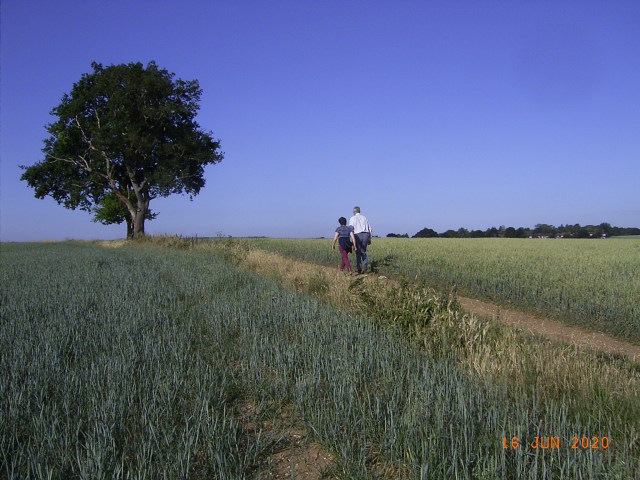
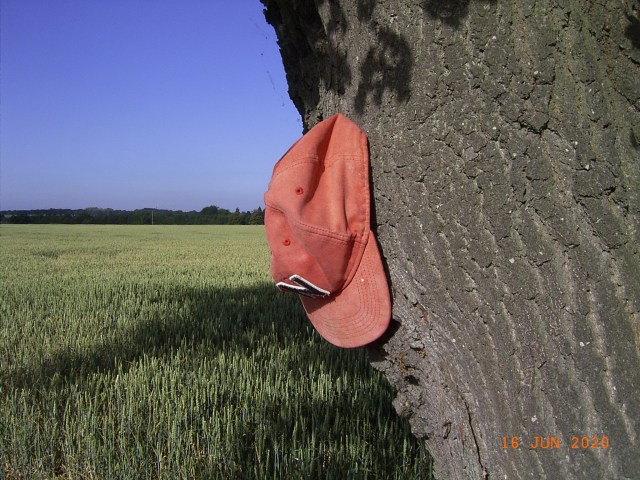
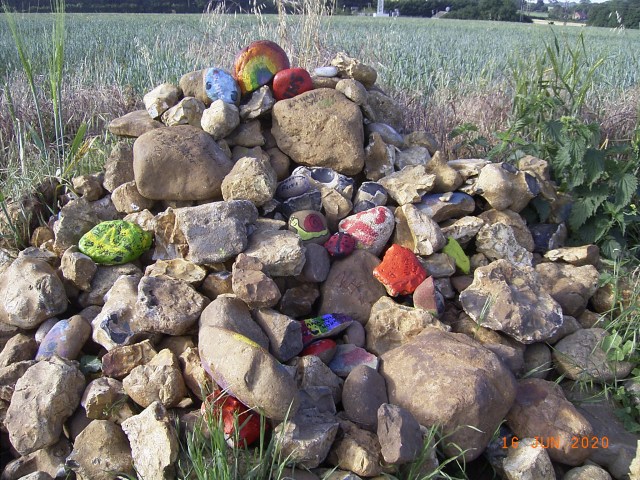
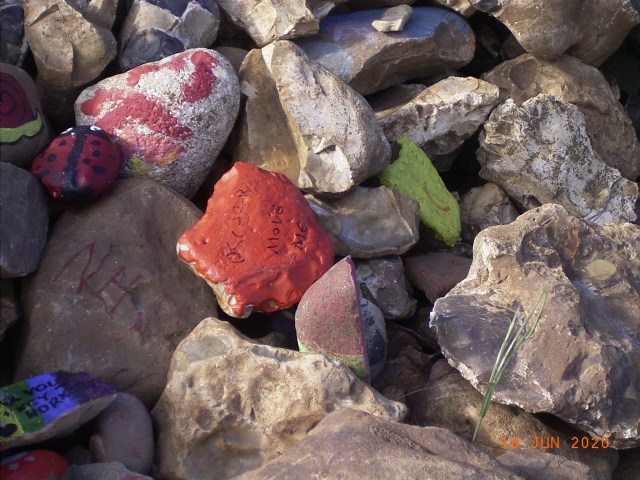

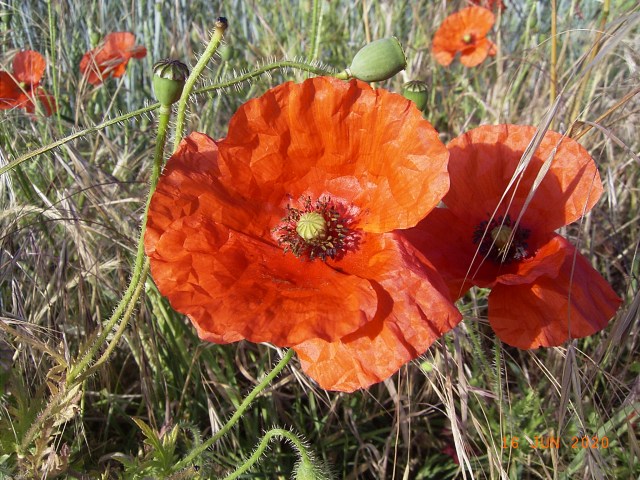
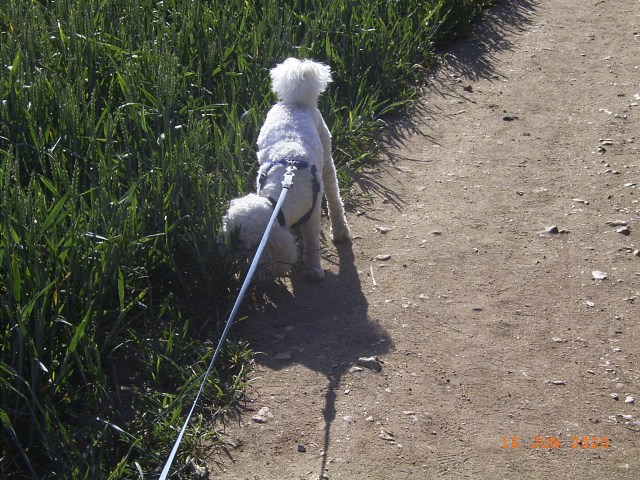
Ricoh Caplio Pro G3 Specs
- Ricoh Caplio Pro G3 compact digital camera
- Optical and 1.6 inch LCD viewfinder
- Optical zoom from 5.5mm to 16mm (35 to 105 eq)
- 8 sec to 1/2000 sec shutter speed
- 3.3Mp sensor
- 2048 x 1536 max resolution
- Can Shoot 320 x 240 movies
- Can record audio and pictures with audio
- Pictures can be date and time stamped
- In build electronic flash
- Auto Exposure with exposure compensation and bracketing option
- Exposure ‘scene’ mode
- Auto White balance with manual overrides
- Auto focus with manual option and focus LED in viewfinder
- Macro focus option
- Powered by 2 AA batteries or rechargeable battery
- SD Card and small internal memory
- Ricoh Caplio G3 Manual available on-line
- I’ve been otherwise engaged on garden projects, house extensions and lost cine film projects [↩]
- I use the term ‘compact’ here to refer to the general design of the camera rather than its size [↩]
Discover more from Everything Vintage
Subscribe to get the latest posts sent to your email.

